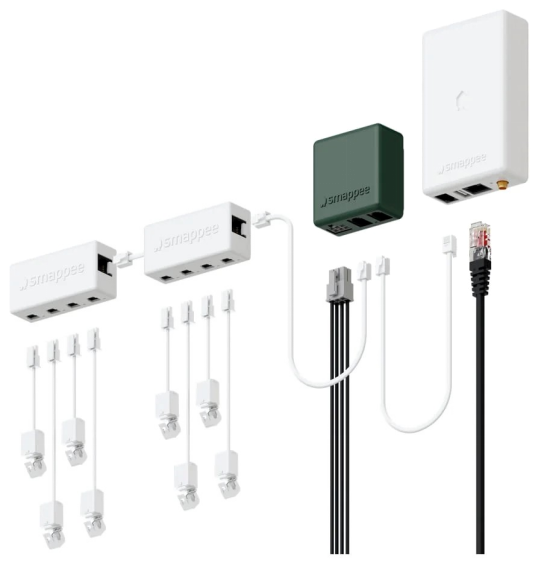Energy monitoring refers to the process of tracking and measuring energy consumption in buildings, systems, or equipment to gain insights into energy usage patterns, identify inefficiencies, and support energy management efforts. It involves collecting and analyzing data related to energy consumption, such as electricity, gas, water, or other forms of energy, to inform decision-making and optimize energy use.
Key Aspects of Energy Monitoring:
- Data Collection
- Data Analysis
- Real-time Monitoring
- Performance Benchmarking
- Energy Reporting and Visualization
- Energy Management and Decision-Making
Benefits of Energy Monitoring:
- Energy Efficiency
- Cost Savings
- Equipment Performance Optimization
- Sustainability and Environmental Impact
- Regulatory Compliance
- Stakeholder Engagement
All-in-one energy management system
Smappee Infinity offers a single solution for voltage monitoring and dynamic load balancing between solar, EV, and other appliances in the home and buildings through a cloud-based application interface. New phase measurement capabilities allow the Infinity modules and gateway to aggregate more data, reducing costs for (multi)family and enterprise systems

Smappee Infinity
- Smart energy management solution for any energy need.
- Monitor and see energy, solar, gas and water at a glance.
- Real-time and historical data via App and Dashboard.
- Smart control and dynamic load balancing.
- Interoperable with IoT products and services.
- Easy installation, low maintenance, over-the-air updates.
- Modular, future-proof solution.

Overall, energy monitoring plays a crucial role in energy management and sustainability strategies by providing insights into energy consumption patterns, driving behavior change, and facilitating informed decision-making for improved energy efficiency and cost savings.


